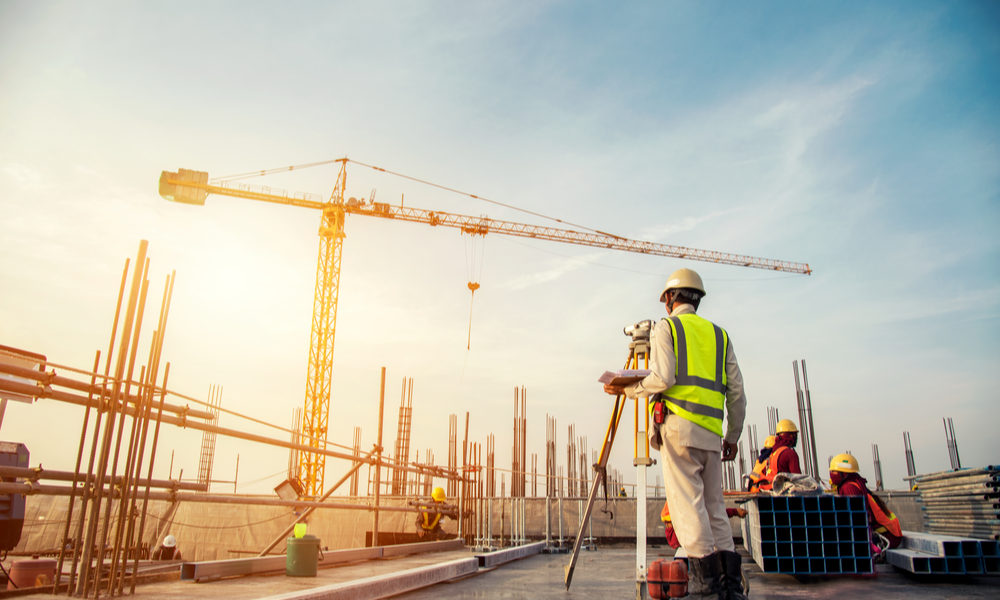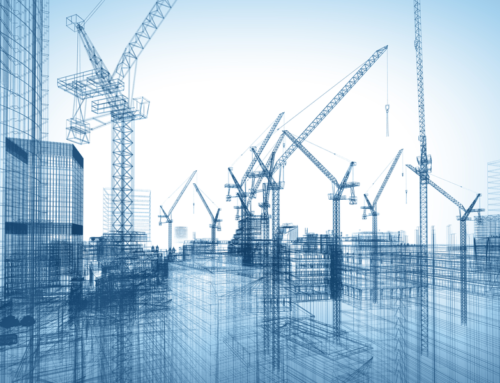Most people’s conception of “dimensions” is limited to one, two, or three, with any higher figures usually limited to science fiction. In Building Information Modeling (BIM) construction, dimensions from two to up to as high as seven are used to categorize the level of detail that a project’s model includes. In today’s blog, we’ll provide an explanation of what each dimension of BIM construction means, and how they can improve your projects. Visit Smarcon’s Projects page to see real-life examples of BIM-enabled construction.
BUILDING INFORMATION MODELING DIMENSIONS
2D BIM
The simplest dimension under the classifications used in Building Information Modeling is 2D. A visualization of a building in 2D is exactly how it sounds: a model created by hand, solely on the X and Y axes. This can be in physical media, such as on paper, or it can be created with computer aided drafting. Architectural drafting and construction was once solely drafted on paper but as technology has evolved, CAD has swept the industry and many contractors seek to further enhance projects by investing in BIM services.
3D BIM
A 3D model expands a 2D model into the third dimension, adding depth with a Z-axis. This type of model is also known as a coordinated model and is used by nearly all construction companies operating today, because it’s simple to create and shows all possible angles of the modeled building. 3D BIM implies the combined use of both graphical and non-graphical building information in a common data environment (CDE), so that all stakeholders and contractors can stay up to date.
4D BIM
In the context of BIM construction, the fourth dimension is time. In a 4D BIM model, the estimated timeline or scheduling data of the project is layered over the existing 3D model, allowing all participants to see what elements are not yet started, in progress, or completed and how the real-time construction matches up with their estimates. A 4D BIM model is not significantly more complex than a standard 3D model but it can greatly improve efficiency by ensuring that work is planned more carefully and by reducing delays.
5D BIM
The fourth dimension of BIM is time, and the fifth dimension of BIM is the next most valuable thing: money. A 5D BIM model overlays cost onto an existing 4D model, and can include the costs of materials, wages, and more. 5D visualization creates a living model of the financial element of a project, allowing for unmatched accuracy in cost estimation. Because a 5D model can be updated and shared with all involved persons, the consequences of unexpected changes in cost or design modifications are easily mitigated.
6D BIM
6D BIM is sometimes also known as integrated BIM, or iBIM. BIM beyond the fifth dimension begins to model the building even after construction is finished. A 6D BIM model is created by a designer and updated throughout the timeline of construction like other BIM models but a 6D model includes information needed for the future of the building. The additional information contained in a 6D model may be related to maintenance, operation, or equipment warranties. Keeping track of information throughout the full lifespan of a building in a 6D model can significantly reduce confusion and maintenance cost as a building gets older, because that information will be readily available.
7D BIM
7D BIM is the last level, and covers the greatest amount of time. A 7D BIM model layers sustainability over the previous six dimensions, and considers sustainability from before construction begins all the way to demolition. The level of foresight provided by using a 7D BIM model is unparalleled, and optimizes project management like never before. A 7D BIM model will guide building owners as effectively as if they were present throughout the entire construction period.



